Your location:Home >Automotive News >
Time:2022-06-01 12:36:04Source:
According to foreign media reports, a research team in China has proposed a strategy for fast charging of lithium-ion batteries using the AC incentive method.This method has many advantages over existing charging methods.
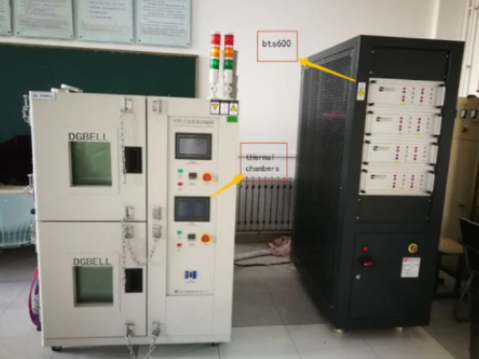
(Image credit: MDPI)
Lithium Ion Battery
As the electrification and decarbonization of society accelerates, there is an urgent need for reliable energy storage devices.Lithium-ion batteries have high energy density, reliability and durability andare widely used inelectric vehicles .However, this type of battery also has some limitations, especially at low temperature conditions, which may exhibit weak electrolyte ionic conductivity, weak SEI film conductivity, and low chemical reaction rates.In addition, due to the low diffusion coefficient of ions in the negative graphite particles, their charging speed may be slow.
Another key issue with charging at lower temperatures is the potential for dendrites to form on the surface of the battery’s negative electrode.Long-term accumulation of lithium dendrites can damage battery components, shorten battery life, and cause safety concerns.
Currentbattery low temperature chargingstrategies
To improve the efficiency, durability, and reliability of Li-ion batteries, a reliable low-temperature fast charging strategy is required.In recent years, researchers have developed several internal and external heating strategies.
External heating strategies include the use of liquids and warm air to provide the necessary temperature.However, these methods also have certain limitations, such as uneven temperature distribution, low heating rate, and low efficiency, which hinder their widespread application.
Therefore, there is an increasing focus on internal heating methods for fast and reliable low-temperature charging.Commonly used methods include pulsed heating, self-heating and convection heating.
this study
This study proposes an innovative strategy to achieve fast charging of lithium-ion batteries at low temperatures.This approach can address several common problems with charging under these conditions, improving efficiency and reliability.
This strategy meets the charging needs of the battery by achieving a sufficient temperature rise during the charging process.The researchers explored charging speed and frequency to obtain optimal charging parameters.In addition, the capacity loss and charging efficiency produced by this method were quantitatively compared with the currently used CCCV (constant current first then constant voltage) charging method.
During the study, the researchers chose to use a thermal treatment chamber, which provides external temperature conditions.The battery capacity is calibrated by the BTS 600 machine.Charging is carried out by the AC power provided by the inverter, the charging and discharging process of the battery is controlled by computer, and the data is recorded and analyzed.Real-time monitoring information is provided by means of temperature, voltage and current sensors.
In the laboratory, temperature effects were evaluated at external ambient temperatures of 0°C and 5°C.Leave the battery for 2 hours to ensure the battery temperature reaches ambient temperature.The CCCV and AC induced charging strategies are evaluated at different SOC (remaining charge of the vehicle battery) and temperature.
By CCCV charging, the battery was charged to the specified SOC point and then temperature adjusted using the test chamber to reach the desired temperature after 2 hours.Then, using these two strategies, the battery is charged to the desired voltage.During the experiment, temperature, current and voltage need to be measured.
Research result
The experimental results show that the AC-induced strategy is suitable for low-temperature fast charging.Using the AC induction strategy, the desired charge value is reached 20% faster than the CCCV method.In addition, the researchers observed that with the AC induction strategy, the fluctuating voltage rose, resulting in a faster temperature rise.
Compared with the CCCV strategy, the average temperature rise of the AC-induced strategy is 2–4 °C, which significantly reduces the time required to charge Li-ion batteries under low temperature conditions.Employing an AC strategy resulted in significantly shorter charging times at all temperature and SOC conditions evaluated in the study.
Summarize
This study demonstrates the advantages of using an AC-induced approach to rapidly charge lithium ions at low temperatures.The AC charging method was more efficient than the CCCV charging method under all test conditions.
The researchers note that in the future this method will be used to charge electric vehicles at low temperatures to assess its usefulness.
Statement: the article only represents the views of the original author and does not represent the position of this website; If there is infringement or violation, you can directly feed back to this website, and we will modify or delete it.
Picture and textrecommendation

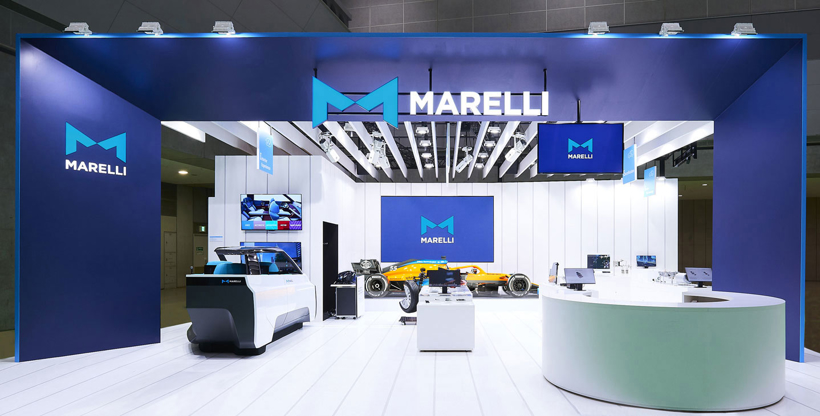
2022-06-01 12:35:07
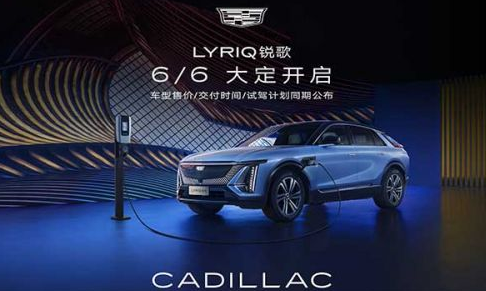
2022-06-01 12:34:30
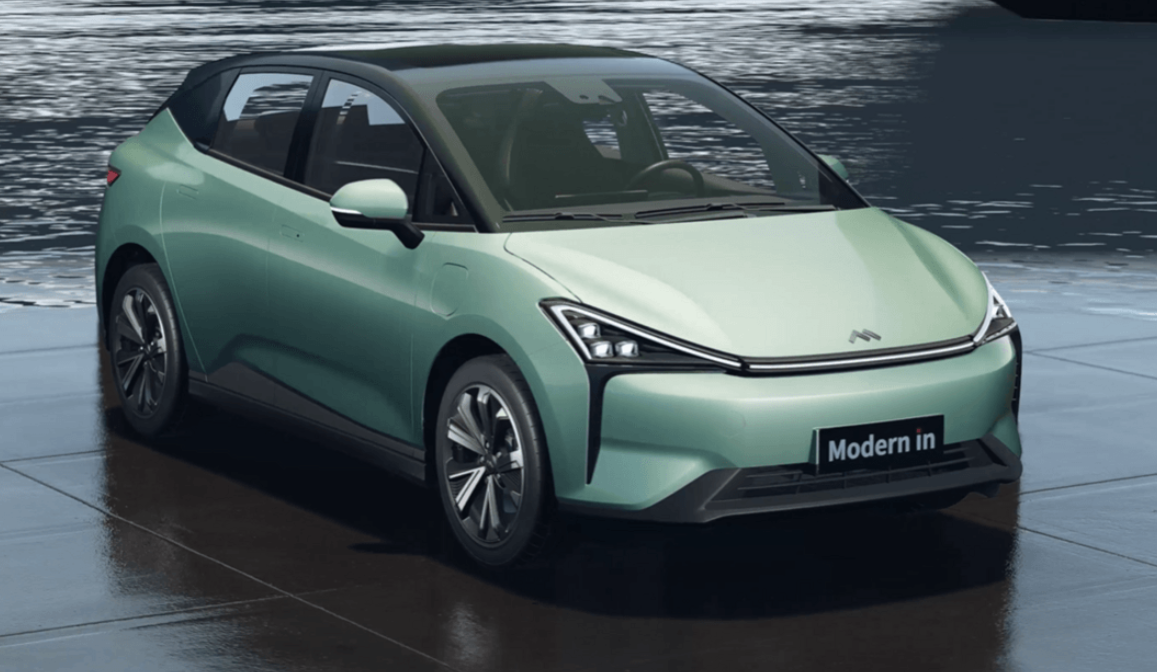
2022-06-01 12:33:46
![[New Car Quick Facts] A variety of MPVs are](http://www.bdiy.net/uploadfile/2022/0601/20220601123341571.jpg)
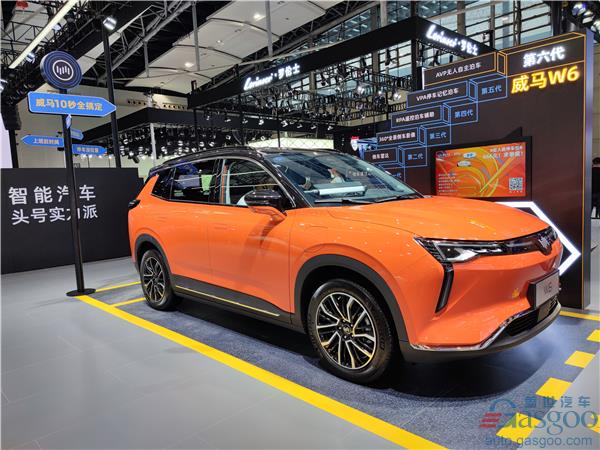
2022-06-01 12:31:32
Hot spotsranking
Wonderfularticles
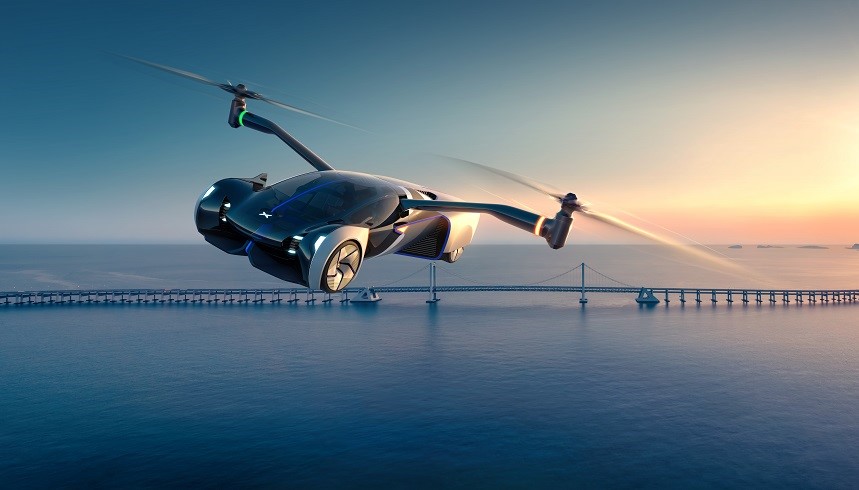
2022-06-01 12:31:07
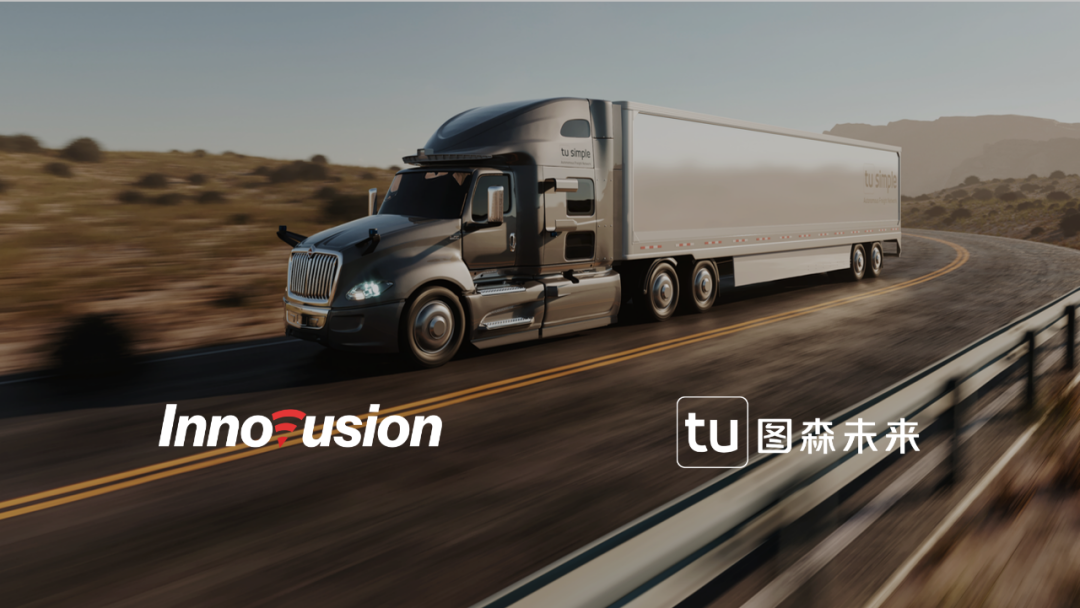
2022-06-01 12:30:37
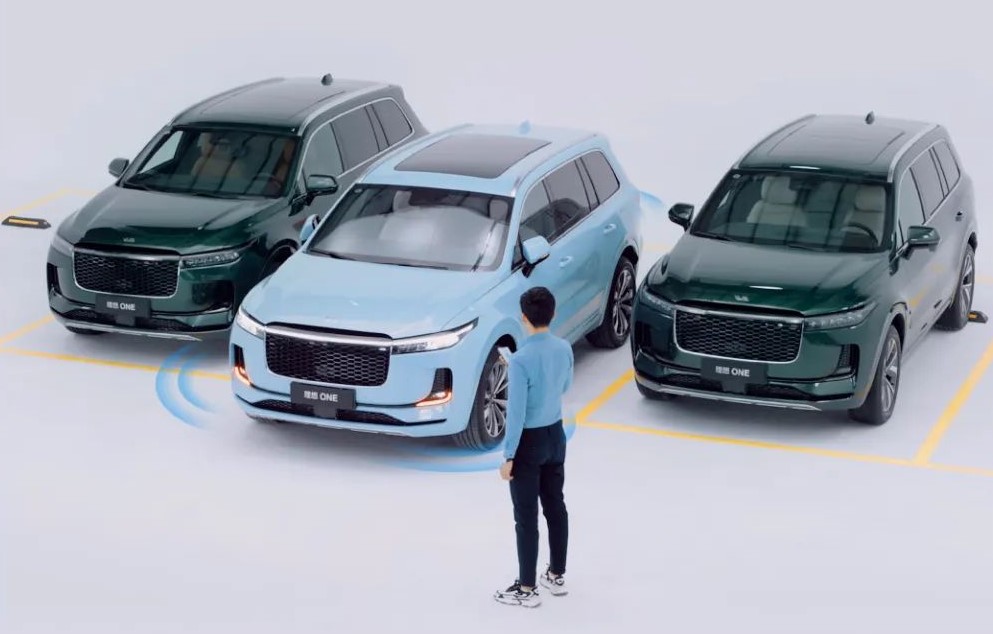
2022-06-01 12:30:08
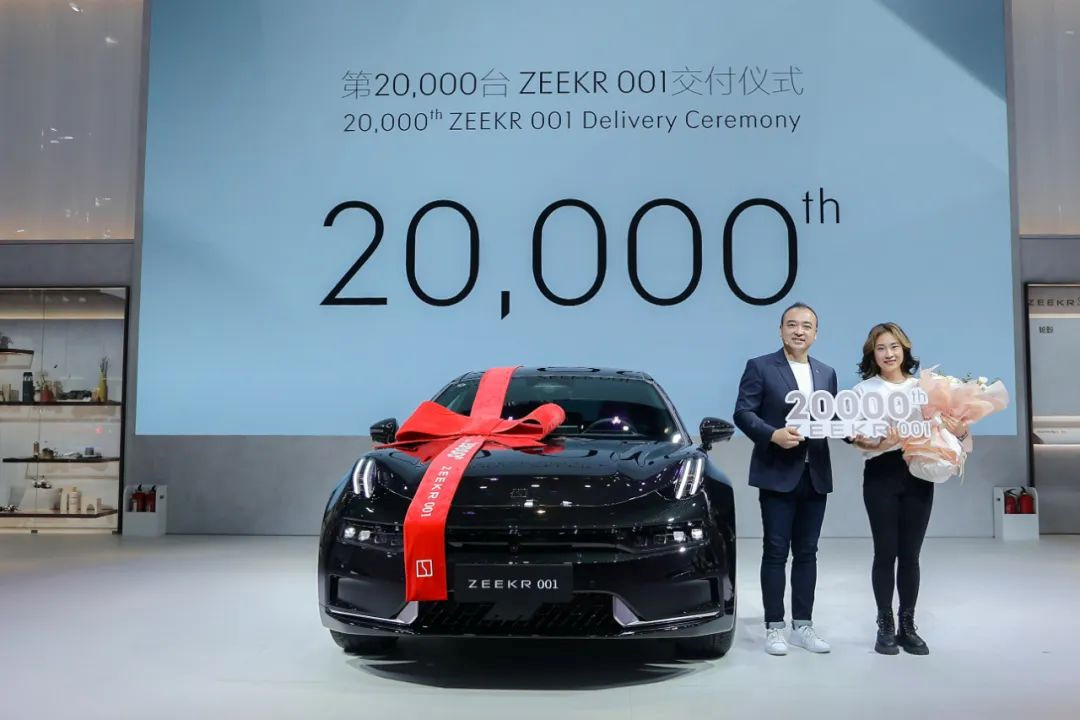
2022-06-01 12:28:20
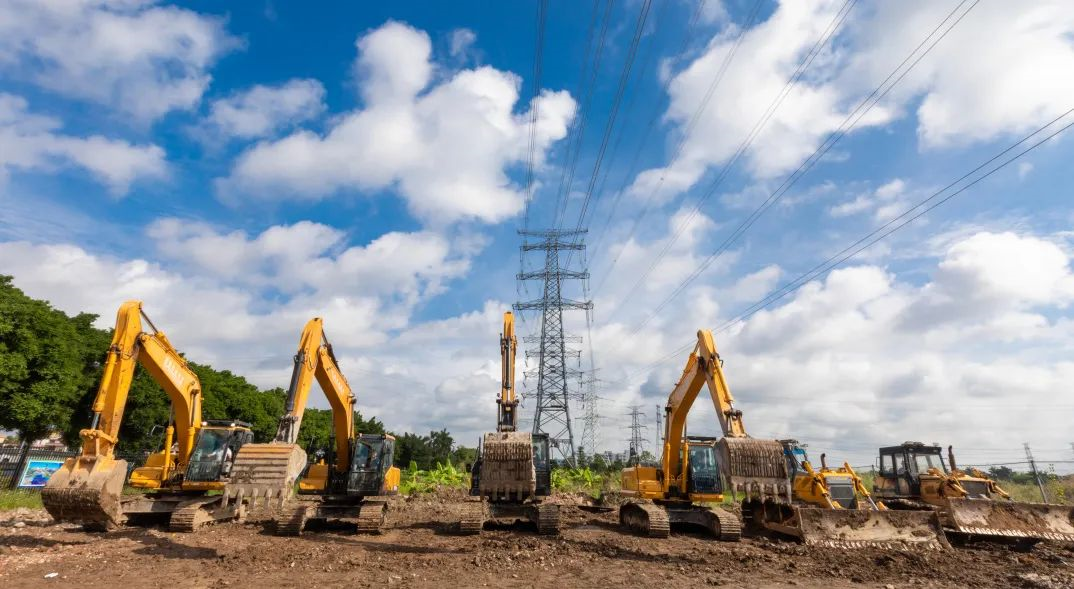
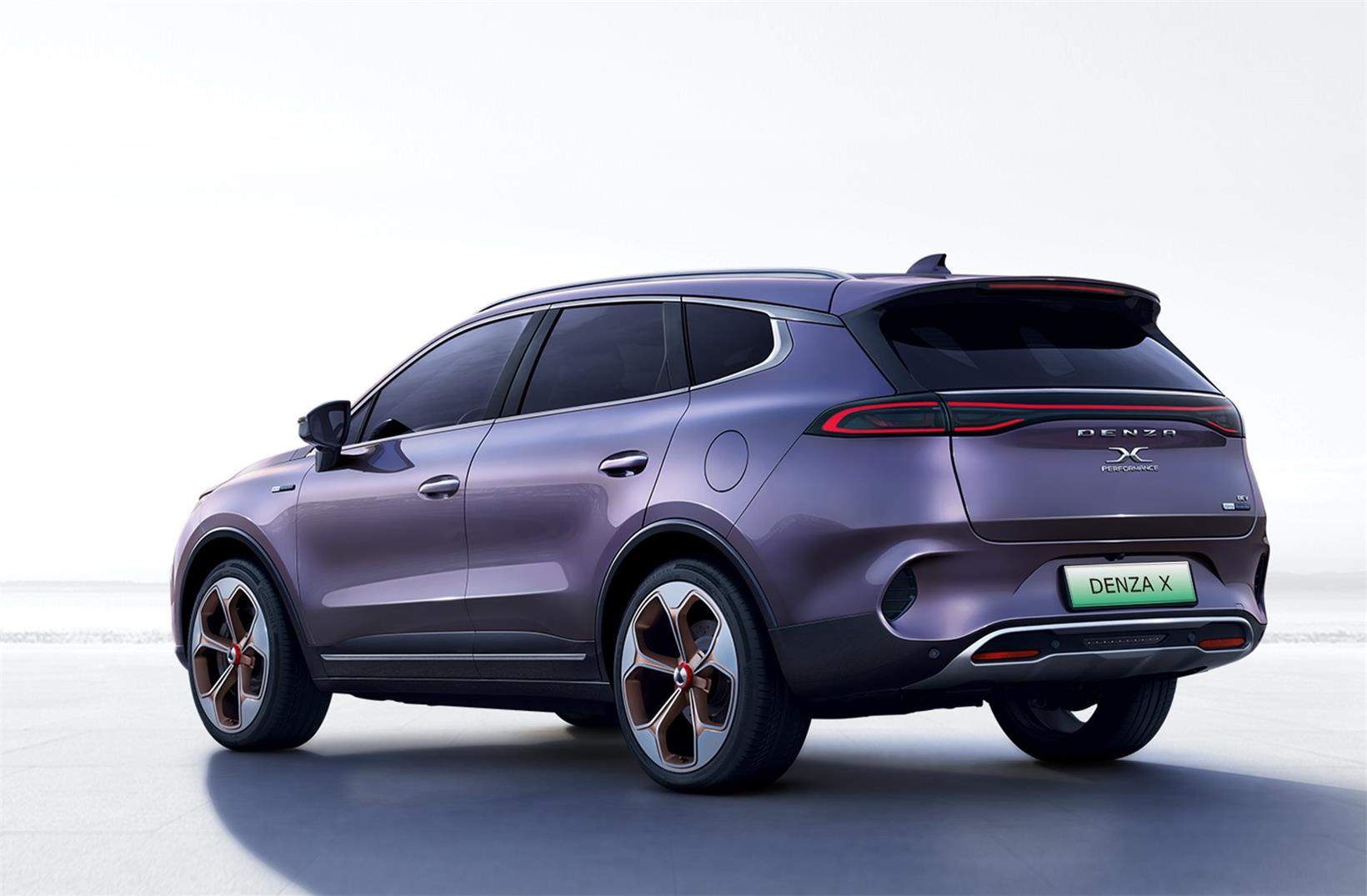
2022-06-01 12:27:21
Popularrecommendations
